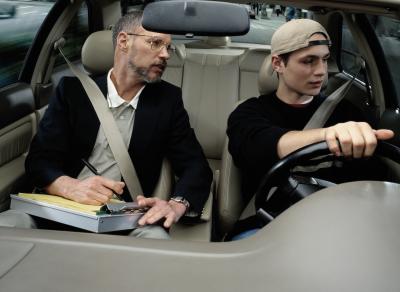
The driving test can be an intimidating experience. Drivers with relatively little experience are suddenly thrust into the road and are expected to follow the tester’s instructions to the letter. Mistakes during the test are costly; some significant mistakes such as accidentally going through a red light or failure to stop at an intersection will end in an automatic failure of the test. Mastering the basic driving techniques and adequately preparing for the different intricacies of the test will ensure that you will pass your driving test the first time.
The Department of Motor Vehicles typically has preset street courses for their driving tests.Take note of important elements such as traffic signs, sharp turns and narrow road areas. Mastering the route is important to offset the general nervousness on the day of the driving test.
Many applicants fail before the start of the actual driving because the car is not properly maintained. According to California Drivers Training, the DMV typically requires drivers to bring a test-worthy vehicle prior to the actual test. The tester will ensure that all of the basic features of the car are functioning and well maintained: brakes, signal and hazard lights, mirrors and tires. Moreover, the tester will also ask you to use each function on demand; for example, you have to know the difference between operating the windshield wiper and signal light levers. Failure on either count will result in immediate point deduction or rescheduling the test for another day.
During the test, it is extremely important to follow the rules of the road, even at the expense of not listening to the tester. Some testers may ask a driver to turn into a one-way street as a way to test the driver’s senses. Other testers may make genuine mistakes. However, they may also subtract points once they find out you followed their mistake. In addition, a rule of thumb is to always go straight until the tester says otherwise. Testers are usually very specific. They give detailed instructions such as when to change lanes, make turns and pass cars.
The DMV lists several main criteria which testers grade drivers upon. These categories include: properly starting the vehicle, moving forward, stopping (at intersections), turns, backing, changing lanes and driving on the freeway. A relatively more abstract criteria is defensive driving techniques; the DMV emphasizes on this style of driving and encourages all drivers to adopt it. Defensive drivers assume that another driver or pedestrian will make a mistake and constantly prepares for these situations. Defensive driving methods include keeping a generous distance between the car in front, checking mirrors before breaking and keeping eyes focused on the road at all times.